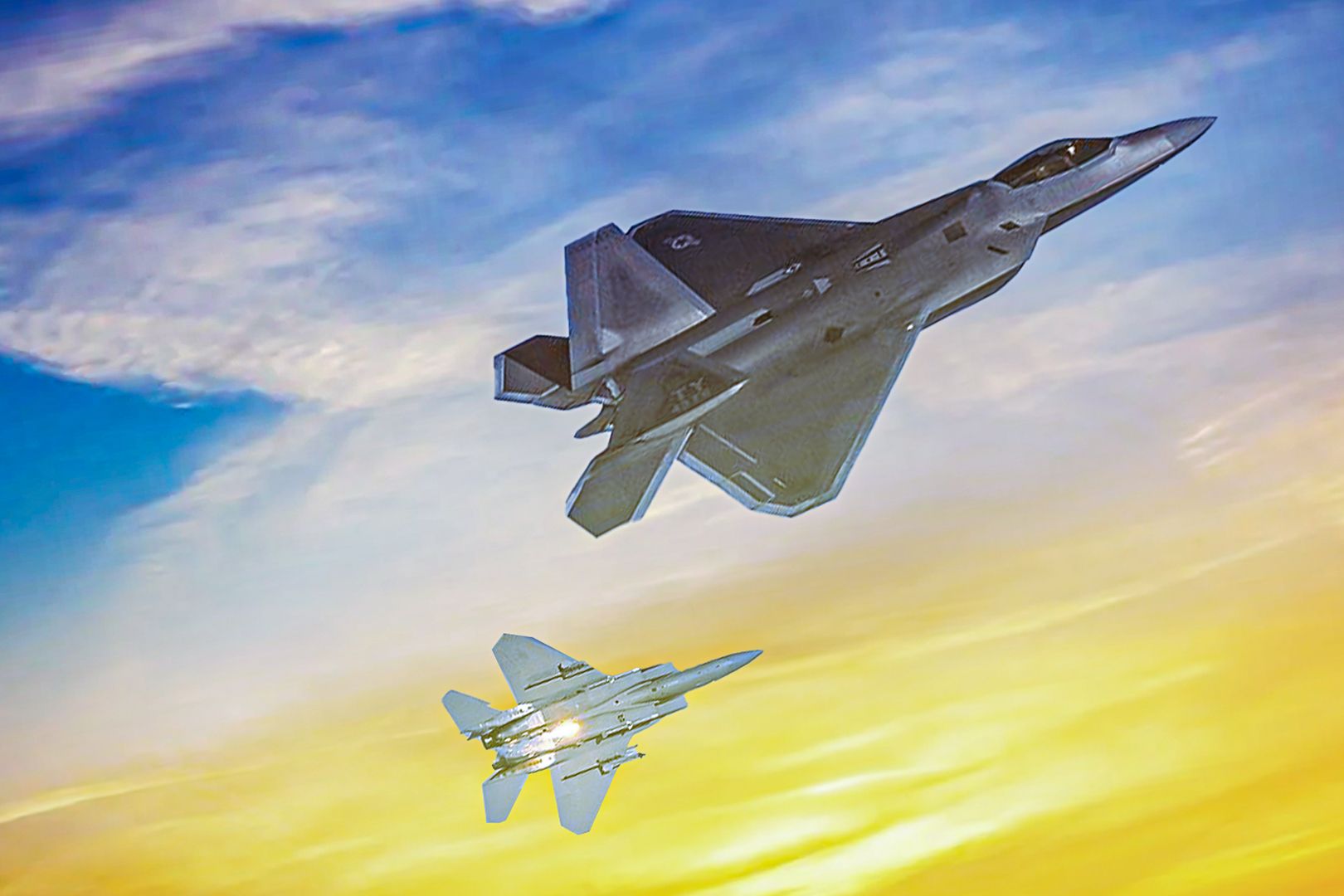Does maneuverability still matter in modern air-to-air combat? Well, in a world where Maverick lures the enemy 5th-gen fighters close enough to exchange hand signals so that Tom Crusie can use his F-14 Tomcat's guns to down the jets. Sure. In the real world, maybe not.
If maneuverability was key, then aircraft like Russia's MiG-31 would be king as it is one of . 5th and 6th-generation fighters seem to focus on stealth, long-range missiles, and beyond-visual-range detection. Assuming modern air forces are putting their money where their mouth is, then the age of the dogfight is over.

While F-22s and F-35s can dogfight, that is not what they are intended to do. They (especially the F-22 Raptor) are designed to get the first look, first shoot, and first kill capability. They are intended to shoot down enemy aircraft before that aircraft even knows there is a fight to be had.
Country: 6th-gen fighter jets in development: France, Germany, Spain: Future Combat Air System (FCAS) United States (Air Force): Next Generation Air Dominance (NGAD) United States (Navy): F/A-XX program Russia: Mikoyan PAK DP Italy, Japan, and United Kingdom: Tempest (Global Combat Air Programme) Some modern air-to-air missiles fly at Mach 4 - meaning no aircraft can outrun them. Fighter jets can't run, but they can hide, which is where stealth comes in. It may come as a surprise, but modern aircraft have been slowed down compared to their 1960s counterparts.
A slower speed increases maneuverability but cruc.
















